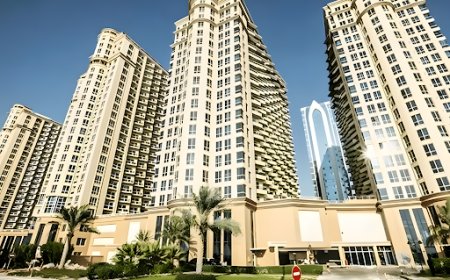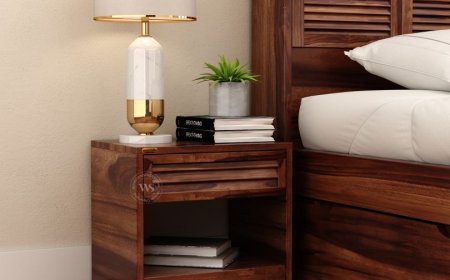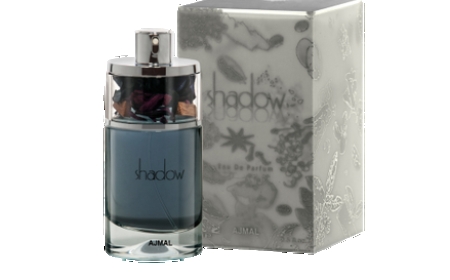From Street Builds to Sound-Offs: Subwoofers Built for Competition

Car audio isnt just about enjoying musicits a lifestyle, a passion, and for some, a competition. From casual street builds to full-blown sound-off arenas, subwoofers have become the crown jewel of performance setups. But not all subs are built the same. If you're aiming to turn heads, shake mirrors, or walk away with a trophy, you need a subwoofer designed to competenot just complement.
In this guide, well explore what sets competition subwoofers apart, how they differ from daily-use gear, and why proper tuningespecially with tools like the Audio Control Epicentercan be the secret weapon in both street and show builds.
What Makes a Subwoofer Competition-Grade?
Competition subwoofers arent your average audio components. Theyre engineered for brute strength, precision, and high output under extreme pressure. Whether you're building for SPL (Sound Pressure Level) or SQ (Sound Quality), competition subs are purpose-built to perform at the highest level.
Key Features:
-
High Power Handling: Often rated for 2000W RMS and beyond
-
Large Voice Coils: 3", 4", or even 5" coils for heat dissipation and excursion
-
Stiff Suspension Systems: Prevent cone distortion under heavy movement
-
Reinforced Baskets and Motors: Built to handle violent vibrations and peak performance
Where daily drivers might settle for clean, punchy bass at moderate volume, competition subs are meant to dominate, both in sound and sheer physical impact.
Street Builds vs Sound-Off Systems
? Street Builds
-
Goal: Louder and cleaner than stock, but still practical for everyday use
-
Power: Typically between 500W to 2000W RMS
-
Enclosures: Compact ported or sealed boxes
-
Style: OEM integration or stealth installs
? Sound-Off Builds
-
Goal: Maximum SPL or razor-sharp sound staging
-
Power: 3000W RMS and up (often multiple amps)
-
Enclosures: Custom-built fourth- or sixth-order bandpass boxes
-
Style: Full-show rigs, competition-tuned systems
Street builds focus on a balanced, fun ride. Sound-off builds, on the other hand, chase dB meters and audio precision, often competing in organizations like dB Drag, MECA, or IASCA.
Enclosures: The Foundation of Any Build
No matter how powerful your subwoofer is, the box makes or breaks your performance. Heres how competitive enclosures differ:
? Ported Enclosures
-
Boost output in tuned frequency ranges
-
Ideal for SPL builds
-
Require precise tuning to avoid distortion
? Sealed Enclosures
-
Tighter, more controlled bass
-
Great for SQ-focused systems
-
Less efficient but more accurate
?? Custom Bandpass Boxes
-
Used in elite SPL setups
-
Can significantly boost volume within a narrow frequency window
-
Complex to build, often require modeling software
For street builds, a well-tuned ported box is often enough. But for competition? A properly designed enclosure is just as critical as the subwoofer itself.
The Role of the Audio Control Epicenter in Competitive Bass
One of the most powerful tools in competitive audio is the Audio Control Epicentera bass restoration processor that rebuilds low frequencies lost during music compression or source limitation.
Why It Matters:
-
Many digital formats (streaming, MP3) lack deep bass.
-
The Epicenter analyzes incoming signals and reconstructs subharmonics, enhancing low-end presence without distortion.
-
It allows bass tuning without changing the original track or head unit.
In Competition:
-
It gives SPL competitors more usable bass, increasing output and peak dB scores.
-
SQ competitors benefit from more natural, fuller low-end, especially in songs mastered with limited dynamics.
-
Street builds benefit from richer, fuller bass without the need for major upgrades.
When installed and tuned correctly, the Audio Control Epicenter can turn a great subwoofer setup into a competition-ready powerhouse.
Powering a Competition Subwoofer the Right Way
A monster subwoofer demands matching power. Underrating your amp or electrical system leads to clipping, distortion, and even equipment failure.
Essentials:
-
High-output amplifiers (true RMS rating to match or exceed sub spec)
-
Big 3 electrical upgrade (alternator, battery, ground)
-
Thick gauge wiring (0 or 1/0 AWG)
-
Proper fuse protection and distribution blocks
And dont forget a digital voltmeter to monitor voltage drop during heavy bass hitsespecially important in SPL formats where power stability matters.
Tuning: The Final Frontier
Even with the best gear, you wont reach your systems full potential without accurate tuning.
Tips for Better Performance:
-
Use a bass knob to control output on the fly
-
Set your subsonic filter slightly below your box tuning
-
Choose crossover points that avoid overlap between sub and midbass
-
Phase-align your subwoofer to avoid cancellation
-
Consider time alignment and EQ if competing in sound quality formats
This is where processors like the Audio Control Epicenter really shine. When paired with active crossovers or DSPs, they give you full control over your systems low-frequency responsedown to the smallest detail.
Real-World Application: From Trunk to Trophy
Lets say youre starting with a daily street build. A 12" high-performance sub, a reliable 1000W RMS amp, and a prefab ported box.
Add in the Audio Control Epicenter, properly set your gain, filter your frequencies, and suddenlyyouve transformed a basic setup into one that punches well above its weight.
From there, stepping into competitions is a matter of scale: bigger enclosures, more power, more fine-tuning. But the core principlesstrong components, smart tuning, and sound restorationremain the same.
Final Thoughts: More Than Just Loud
A true competition-ready subwoofer system isnt just about shaking the ground. Its about precision, control, and efficiency at high output levels. Whether youre building for weekend demos or full-on SPL shootouts, you need subwoofers that can take a beatingand a tuning strategy that makes every watt count.
With the right enclosure, clean power, and enhancement tools like the Audio Control Epicenter, you can bridge the gap between street style and competitive edge. Because in car audio, its not just what you driveits how your system performs when the volume hits max.


























































